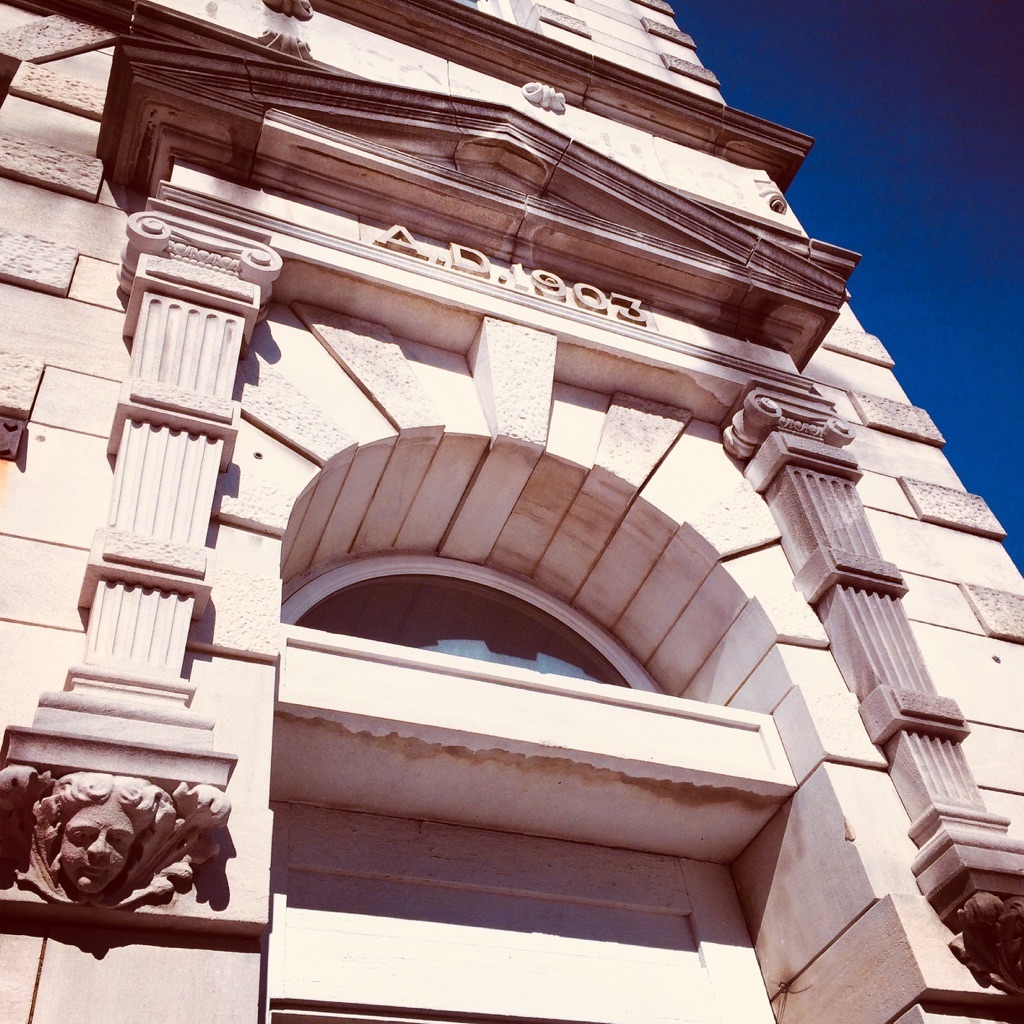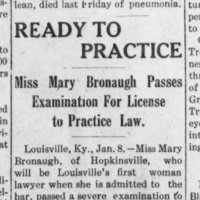The Cumberland Telephone and Telegraph Building, on Ninth Street next door to Milkweed Health & Harmony Emporium, features many carved stone details, including mythological fish, cherub faces, scrolls and an elaborate shell pattern.

Built in 1903, it has been described by the Kentucky Heritage Commission as perhaps Hopkinsville’s “most learned work of commercial architecture.” The building design draws inspiration from the Flemish Renaissance Revival, according to the commission’s 1982 book, “Hopkinsville & Christian County Historic Sites.”
The building had a key role in one of the city’s most historic nights. During the Tobacco Patch Wars, Night Riders took control of Hopkinsville on Dec. 7, 1907, and cut off the city’s ability to call for outside help by occupying Cumberland Telephone and Telegraph and halting all communications.
The building remains one of the city’s most distinctive architectural gems, and it is among the best preserved historic buildings in the downtown district. It is now the private residence of Machteld Schrameyer and Johan Westenburg, who provided exhibit space in the building’s lower level for the Hopkinsville Art Guild to show works during the Aug. 27 Stroll, Sip and Shop event.
Jennifer P. Brown is co-founder, publisher and editor of Hoptown Chronicle. You can reach her at editor@hoptownchronicle.org. She spent 30 years as a reporter and editor at the Kentucky New Era. She is a co-chair of the national advisory board to the Institute for Rural Journalism and Community Issues, governing board president for the Kentucky Historical Society, and co-founder of the Kentucky Open Government Coalition.





